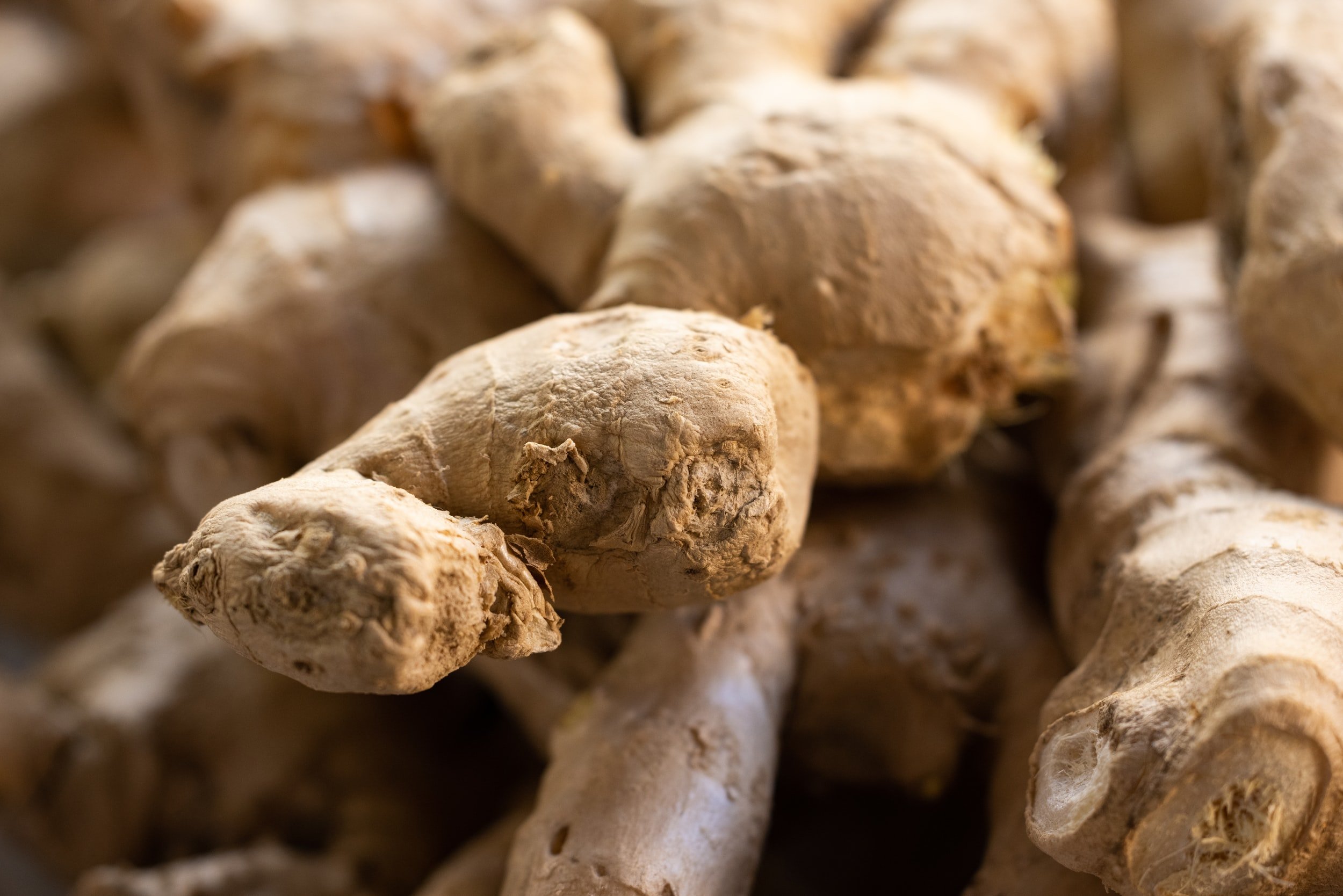Farmer Kyle with a ton of curing onions.
What’s Below:
About Onions
Cooking & Storage
Recipes
ABOUT Onions
Onions are a root vegetable in the Allium family alongside its plant cousins garlic and leeks, and has origins in Central Asia where it’s been cultivated for over 7,500 years. It’s a vegetable that’s been valued for its medicinal and flavor enhancing properties for centuries, as well as for its symbol for eternal life and veneration for the dead in African traditions such as those in Egypt. Over several centuries, onions have been bred or developed in the wild to create quite a wide variety of types.
The type most people are familiar with are the large bulbing onions, but there are also your milder torpedo-shaped ones, small round ones, and bunching onions (aka scallions). All have the power to add savory and sweet complexity to salads, soups, stews, braises, and marinades among other culinary applications.
Here at the farm we grow yellow, white, red, and tropea onions. Tropea onions are of particular interest due to their origins in the Tropea area of Calabria Italy where they’ve been cultivated for about 2,000 years. This particular variety is sweeter than most onions (except maybe Vidalia from U.S. Georgia) and traditionally included in antipasto spreads.
COOKING & STORAGE
Edible parts: Root (Note: The stems, skin, and leaves are good for stock and broth making both for their vitamin and flavor concentration)
Medicine and Nutrients: Onions are packed with Vitamin C, manganese, potassium, water, and fiber. They can improve your digestion due their naturally occurring probiotics, and are also great for maintaining your heart, eye, and joint health. Alongside all of this they’ve long been recognized for their medicinal properties to clean wounds and strengthen your immune system.
Storage: Whole onions are best stored in a cool, dry, dark and well-ventilated area. Peeled onions can be stored in the fridge for 10–14 days, while sliced or cut onions can be refrigerated for 5-7 days. Onions can be frozen, ideally chopped or sliced
Ways to Prepare
RAW: When prepared for raw salads or slaws, onions need to be thinly sliced or minced finely.
COOKED: Onions can be roasted, baked, caramelized, braised, fried, stir-fried, and pickled.
RECIPES
Quick
Vegetable Fried Rice (The Woks of Life)
Easy Tofu Quesadillas (I Can You Can Vegan)
Pickled Red Onions (This Is How I Cook)
Herby Lemon Viniagrette (A Farmgirl’s Dabbles) (very good with tropea instead of shallots)
Slow
Savory Onion Pie (Nik Snacks)
How to Caramelize Onions (Sweet Potato Soul)
Authored and compiled by Maya Marie of Deep Routes and Ayllen Kocher











